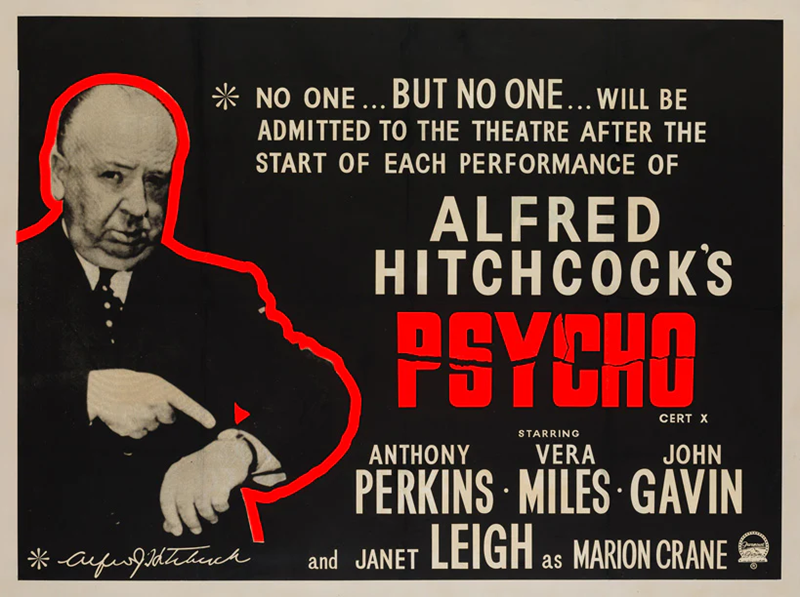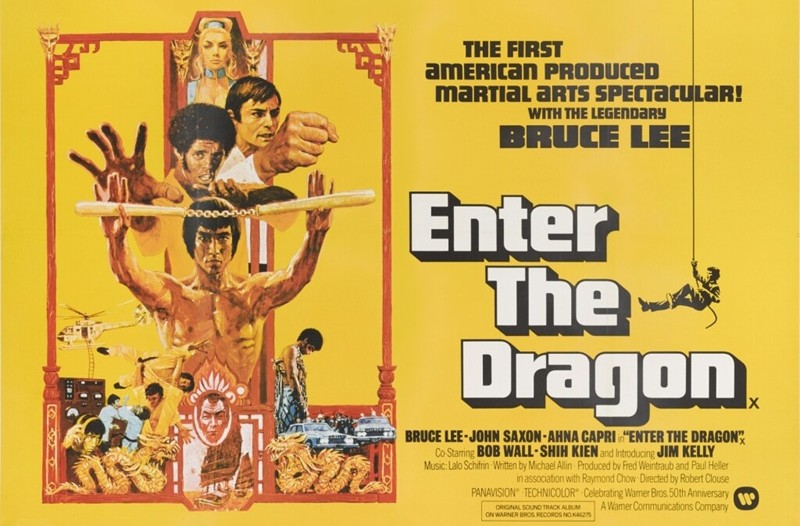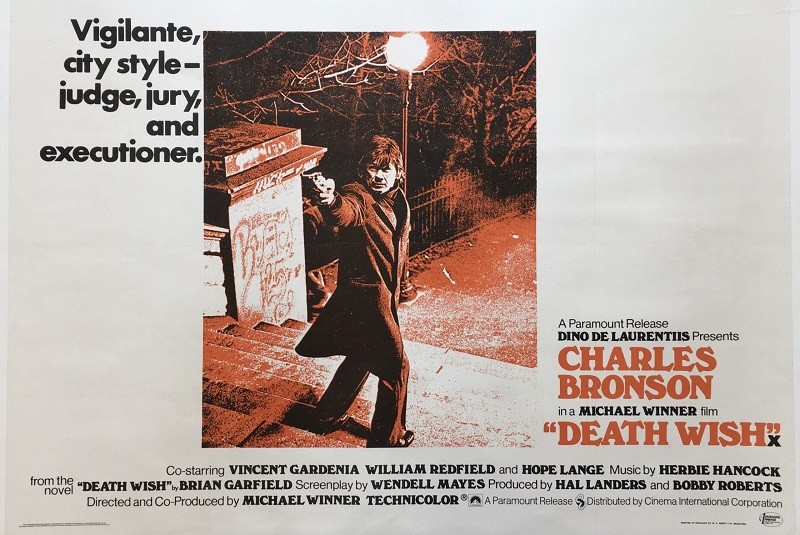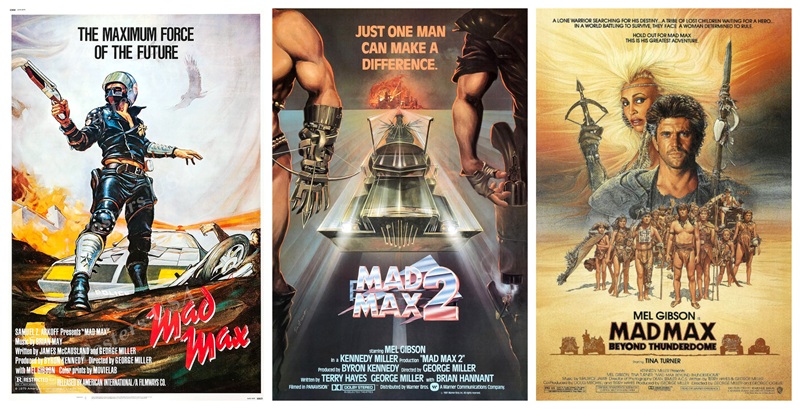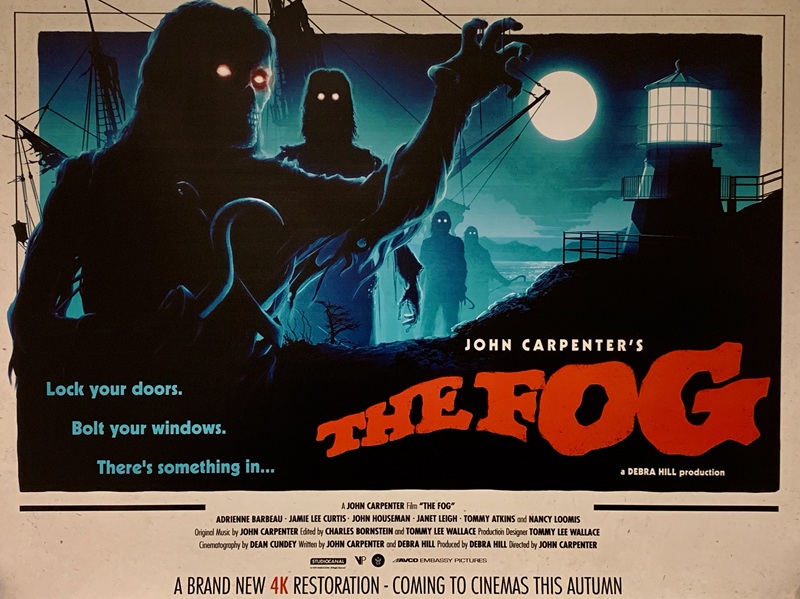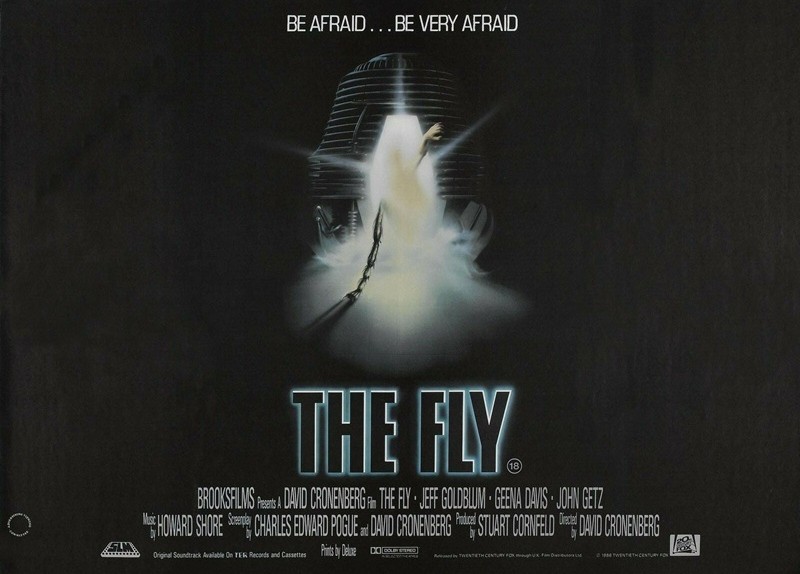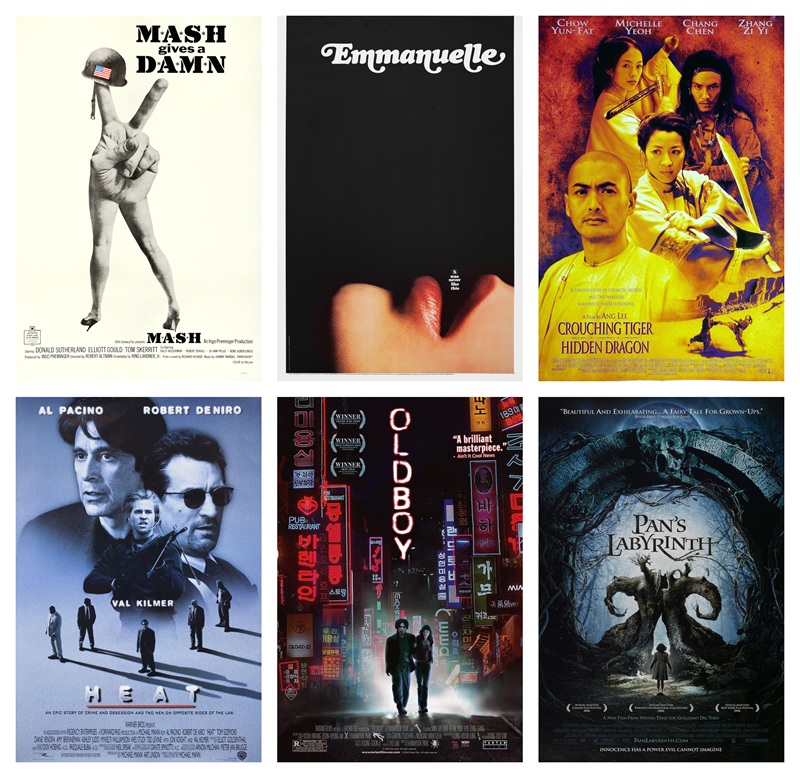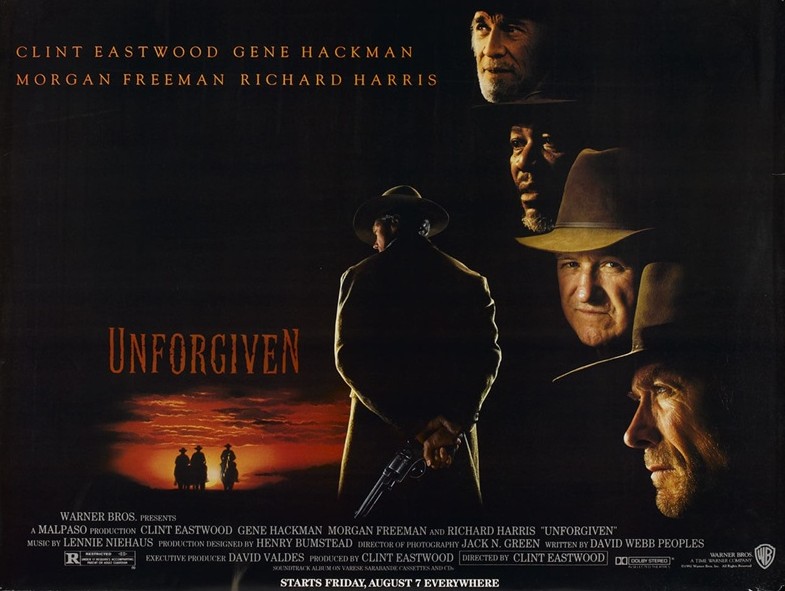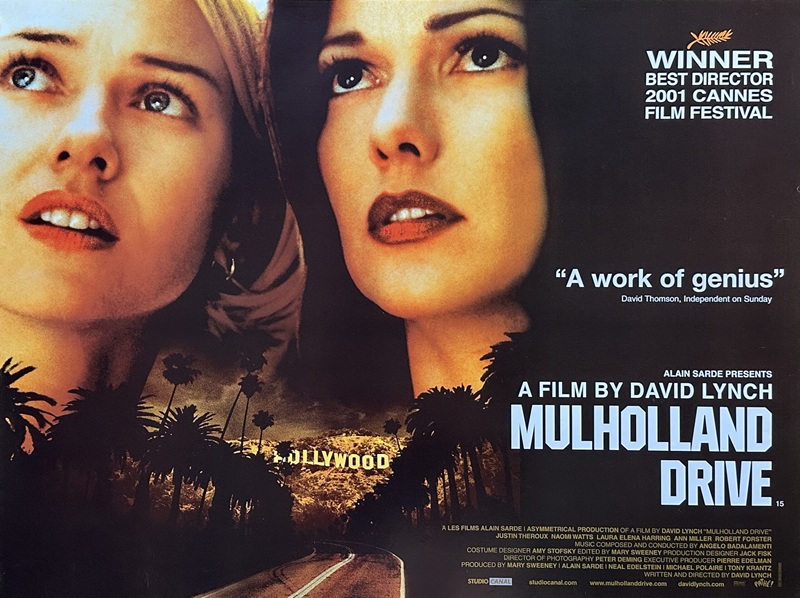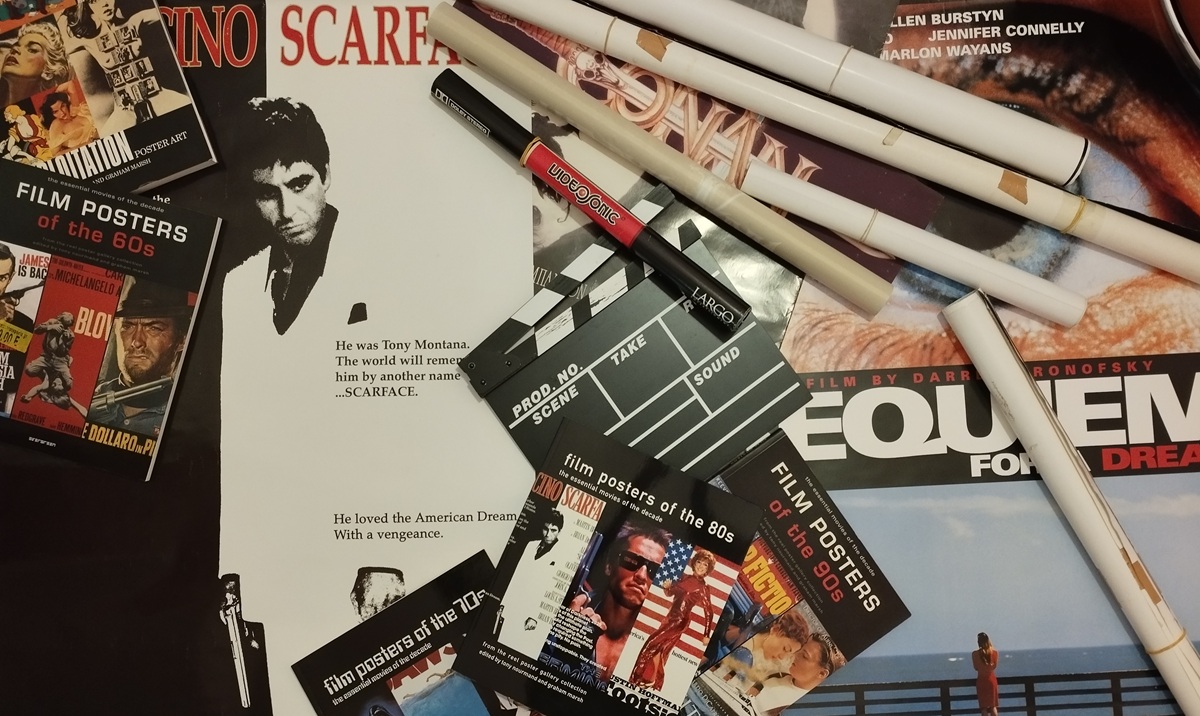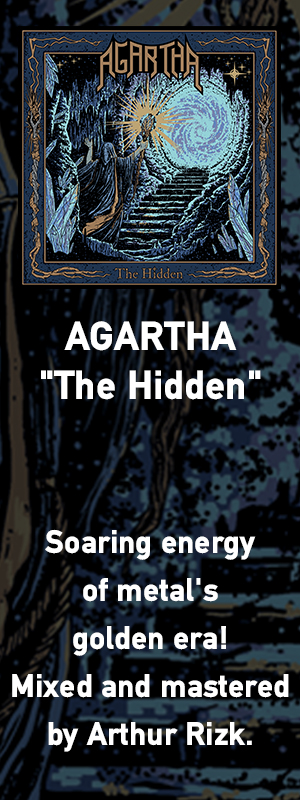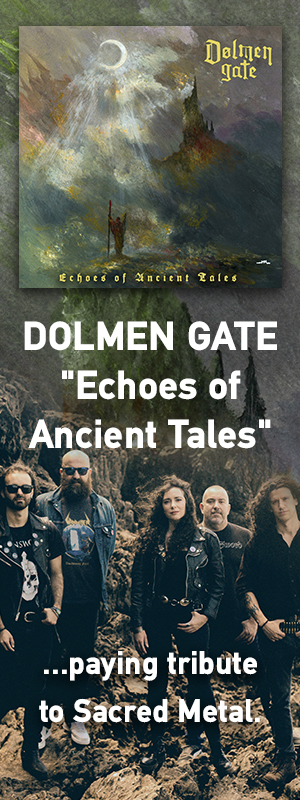The story of the film poster goes back to the first years of the earliest movies. In the beginning, it was used exclusively to encourage the audience to purchase a ticket to see the advertised film of the poster. In the early years, film posters were only presented in movie theaters displaying the film it was created for. Shortly after, they started appearing in the streets and other stores.
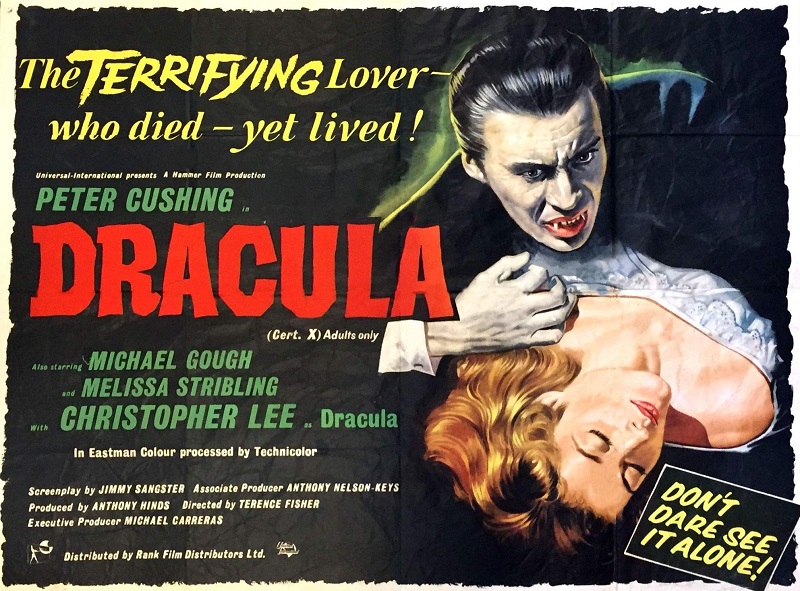
Over the decades, the advertised art of the poster and the film started appearing in newspapers and magazines, before reaching the digital era where you could see them everywhere in a virtual form.
What’s the definition of a good film poster? Just like in all forms of art, the artistic side of a creation is something that can be subjective. However, there are objective criteria for every visual form of art; originality and design are two of them. There are certain parameters that can make a film poster successful, and this is not the kind of art that needs to be strictly “beautiful”. The film poster is not only just about advertising a movie, it should attract the eye and make you want to see the movie. If it is memorable, it is a success. If it is effective, it is a success. If it creates a desire to see a movie, it is a success.
Nevertheless, a successful film poster is not just about attracting the audience to the movie theaters. A new film poster for an upcoming movie is the first piece of a puzzle, the very first moment of engagement with the film, and it can be as important as the first teaser/trailer. Once the promotion of the film is finished, the movie did its circle, and you still want to have the poster on your wall, it is a success and its image can be immortal. The film poster can be a cultural piece of art on its own, and there also can be many different variations of a film poster for each movie.
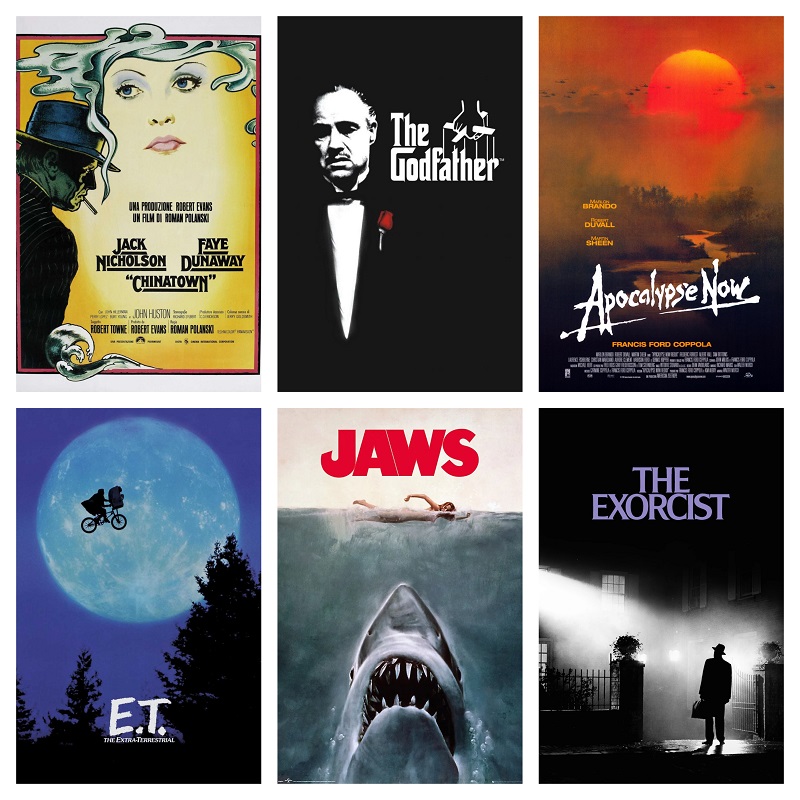
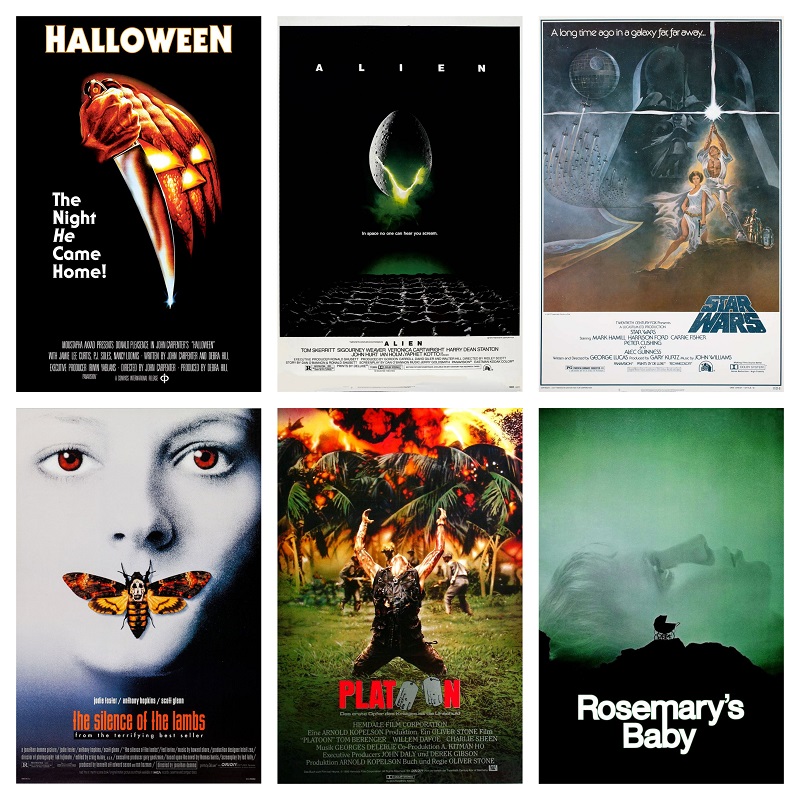
The film posters were mainly used for exhibition and remained the property of the film distributor. In some cases, they were also requested to return to the distributor, but over the decades and mainly during the ’80s, collectors started looking for original film posters, with many originals reaching an extremely high value. That led to the point of creating a market reproducing film posters for sale.
Films differ from decade to decade and so did their posters. You either had a hand-painted poster, or a photograph (often part of the film) with the movie title and a tagline. Very often, those kinds of posters used a black and white photograph or image from the film; an image that sometimes was iconic and became immortal.
![]()
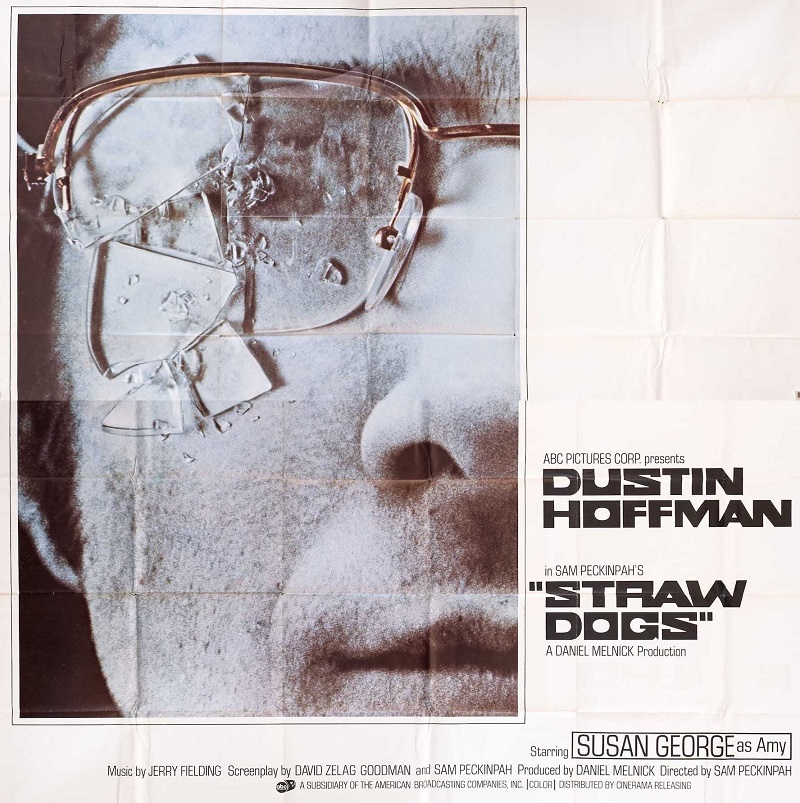
Illustrations were more common in the first decades, but photos started appearing more often in the ’60s and mainly in the ’70s. During those decades, there were specific fashions and trends and that was also a part of the movies and their posters. Just like movies, that period was characterized by a creative prime and a change in the style of the posters that were used during what some film historians mention as “The Golden Age of Hollywood” (’30s to ’50s). A film poster design and its content, just like movies, follows the changes and the fashion of each period’s contemporary lifestyle. With this in mind, film posters can also mirror the culture of the era they were created.
![]()
A film poster is a pledge that can also be broken if it is based entirely on marketing terms with an attractive image and a catchy tagline that can be better than the actual film. In genres like horror and action, there can be film posters that promise something extraordinary, but the movie fails them. On the other hand, a film poster can also be a reflection of the aesthetics, the fashion and the taste of the audience it wants to attract, something that was very obvious in the ’80s.
Abstract paintings were also another artistic side of film posters, especially in European and independent cinema. Very often, they were minimalistic.
Minimalist film posters can also offer intensity along with the film title and a genuine tagline. Some of them can also become a cultural image that will expand the movie’s marketing campaign and remain as immortal film symbols, especially in blockbuster films and movie franchises.
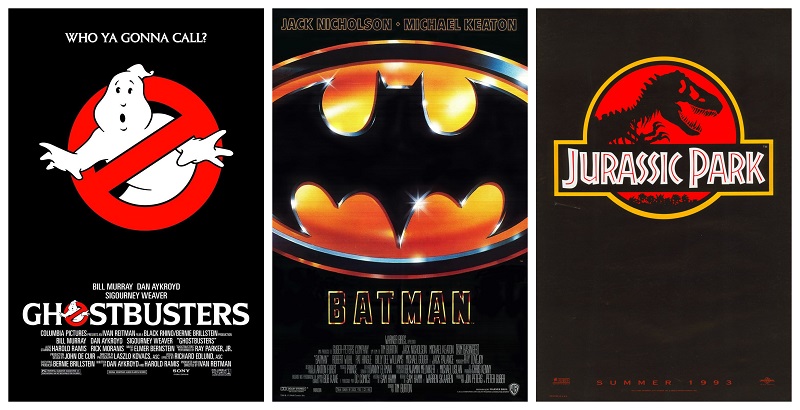
Two of the most iconic film poster artists are no longer with us. Italian artist Renato Casaro, died on September 30, 2025, at the age of 89, and American artist Drew Struzan, died on October 13, 2025, at the age of 78. Their recent death is the inspiration for this article. Many of their posters are highly linked with the movies they represent and in some cases, once you think of a few specific films, the first image that comes to mind is its poster. For all that, film posters carved their own place in film history.
THE ART OF RENATO CASARO
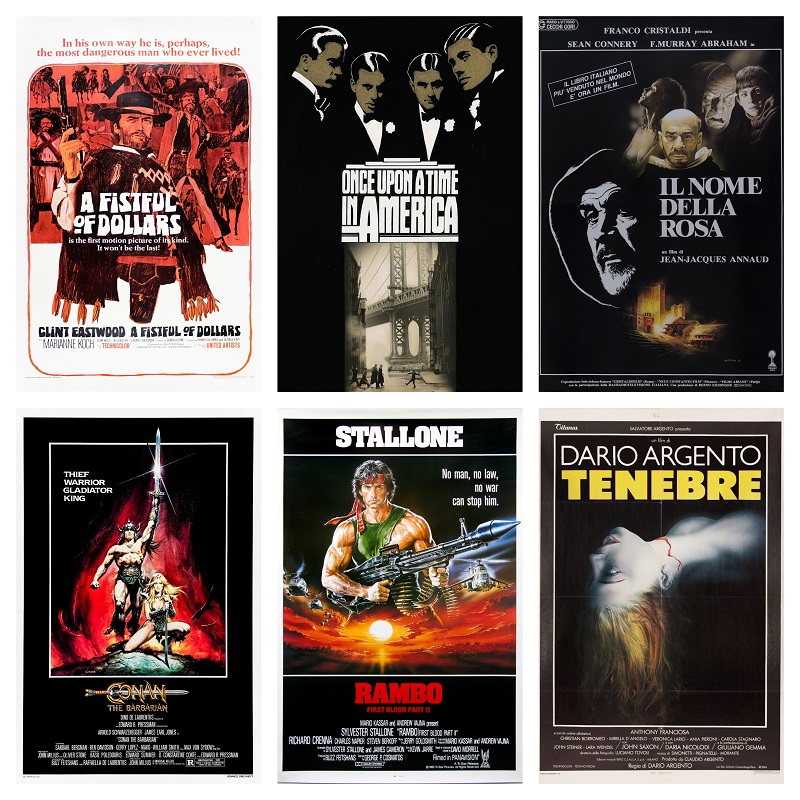
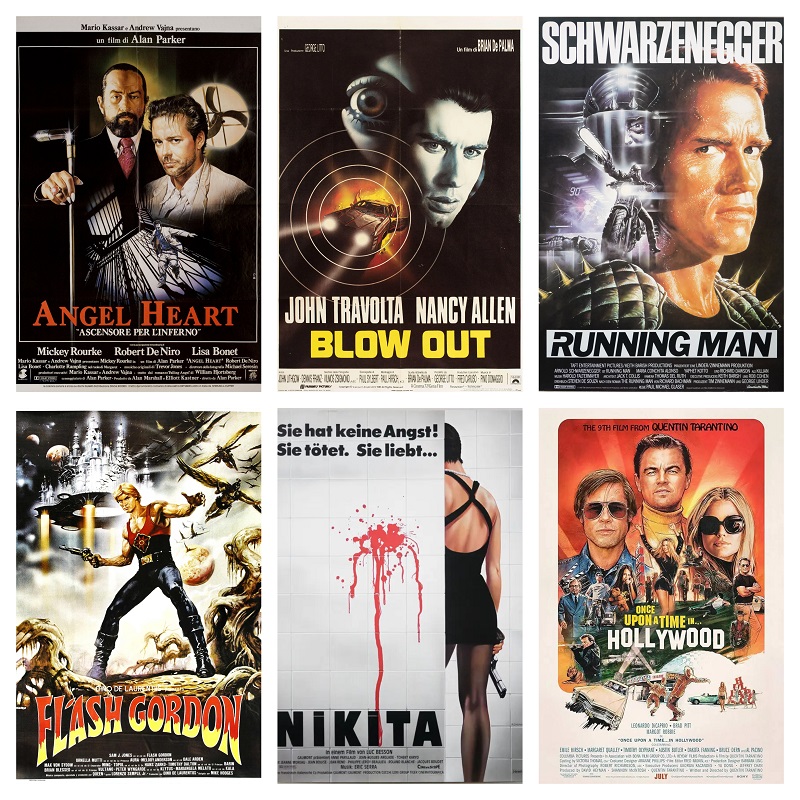
THE ART OF DREW STRUZAN
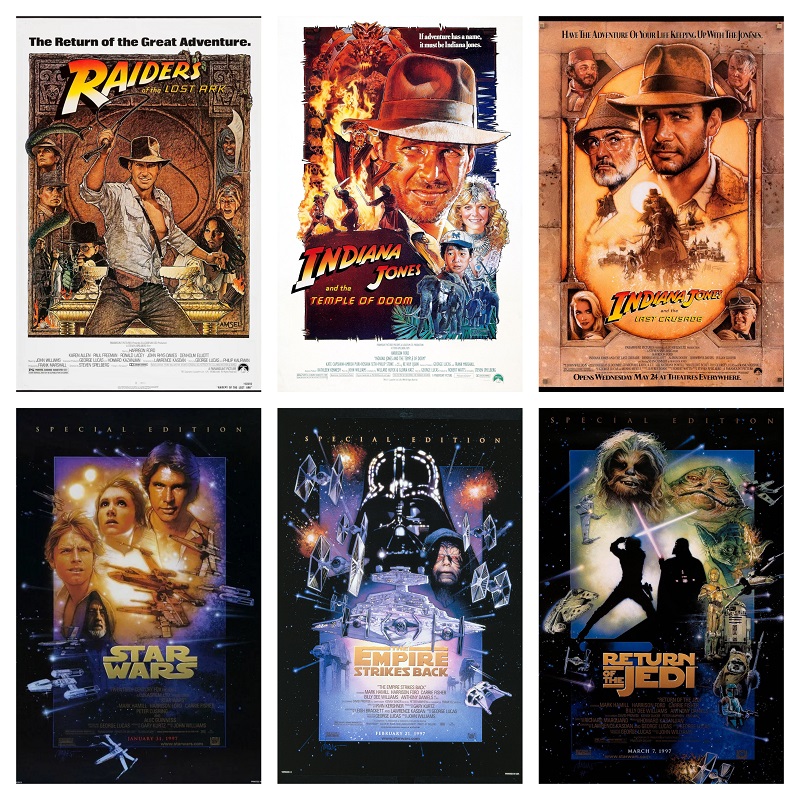
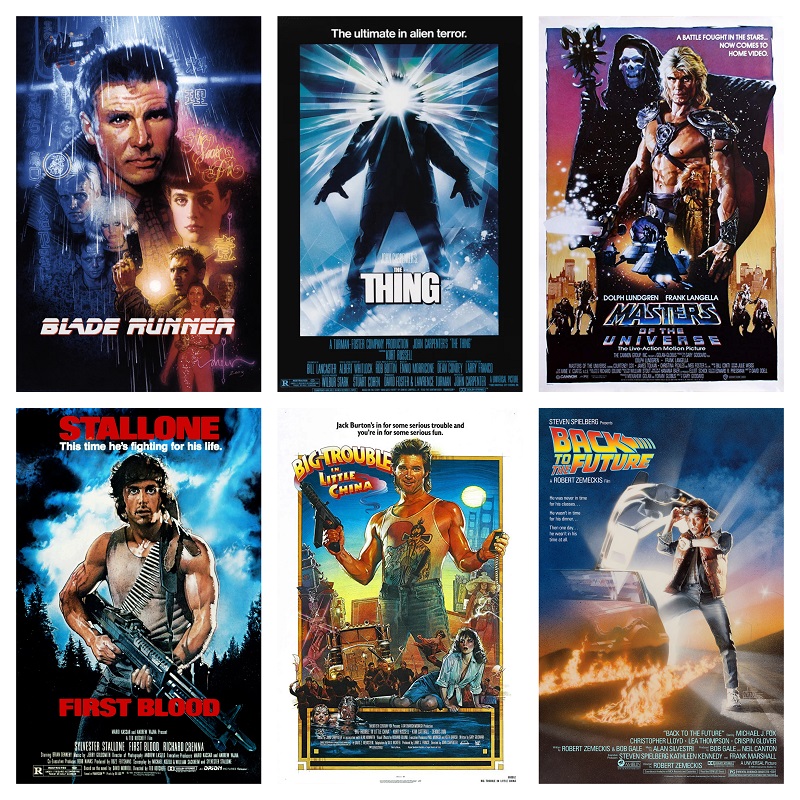
Drew Struzan and especially Renato Casaro have worked on many different film poster ideas, while keeping their own aesthetics. A strong aesthetic can also be found with different filmmakers, in different eras, where they want the film poster adding an extra artistic layer to their movie and their vision. Such filmmakers have an artistic film poster presentation of their work that goes along with their own aesthetic. There are too many to mention but one of them is Stanley Kubrick and another is Quentin Tarantino.
STANLEY KUBRICK FILM POSTERS
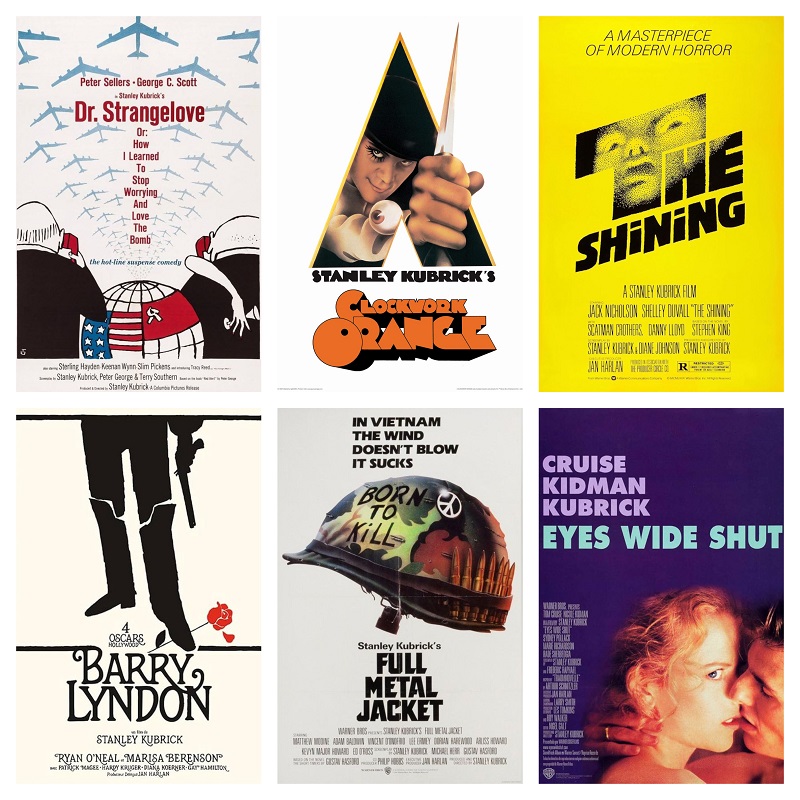
QUENTIN TARANTINO FILM POSTERS
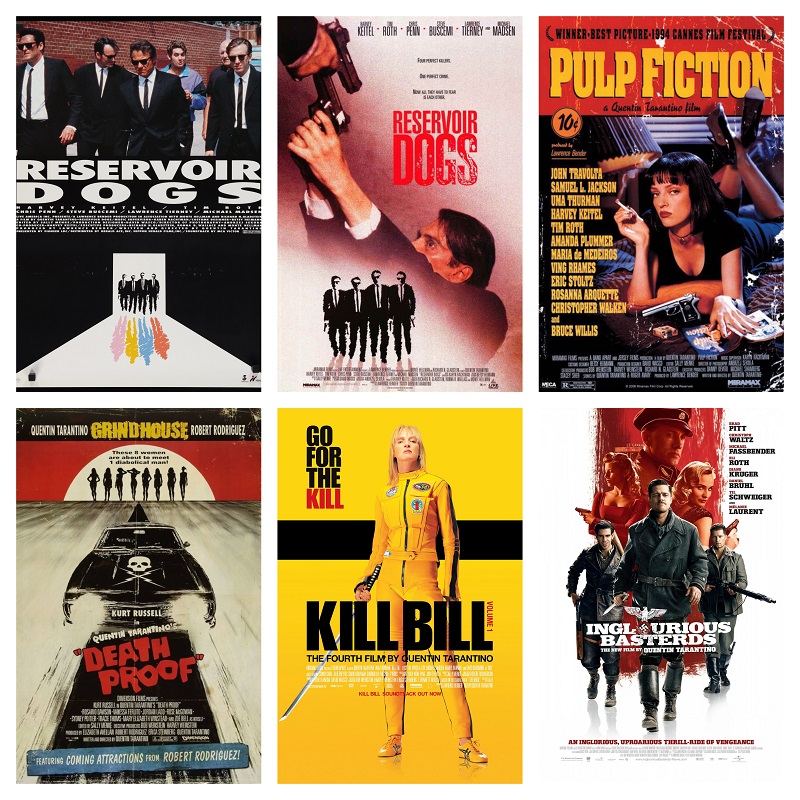
In modern cinema, the art and technique of posters that were used to be hand-painted is more or less forgotten, and it started fading during the ’90s. Once designers began using computers and technology evolved, they started utilizing advanced programs for the film posters too. However, that doesn’t mean that there aren’t any more artistic film posters, since some graphic designers come up with beautiful ideas for many films.
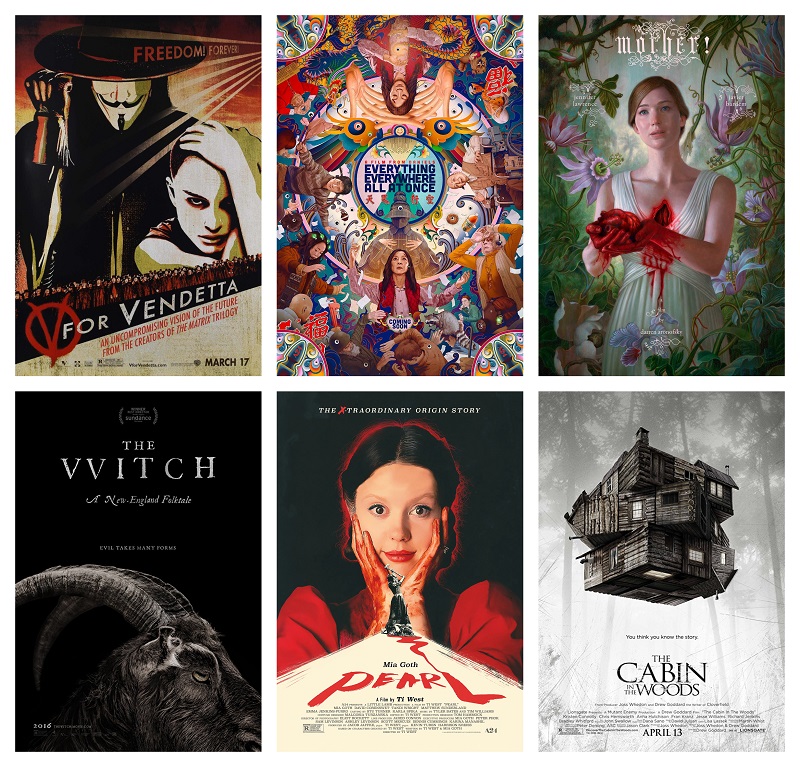
A photograph can also be stronger than any complex design or image, and this is something that’s been used very often too. For example, in posters of films such as Get Out (2017), Funny Games (2007), Midsommar (2019), and Us (2019), the intensity in the facial expressions of the characters, makes the poster’s simplicity scary and also has a strong symbolism that stays with you after seeing the movie.
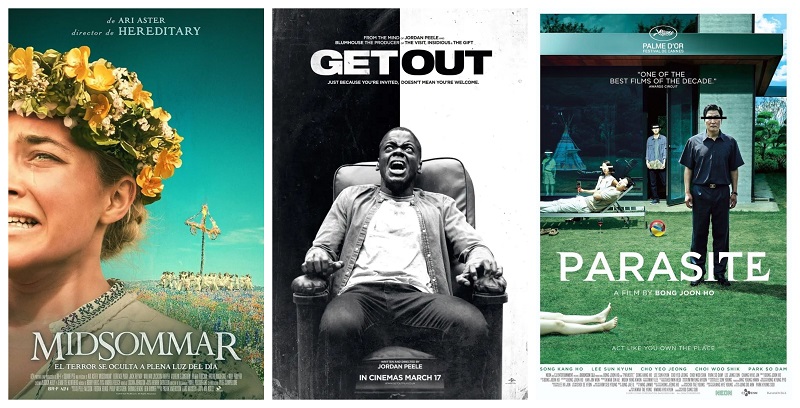
SCREAMING IN DIGITAL: THE WORLD OF FILM IS CHANGING
In the second half of 2023, the Screen Actors Guild (SAG) joined the Writers Guild of America (WGA) on strike, the first time that’s happened since the ’60s. Hollywood, what’s considered the most influential film industry in the world, entered a short of a halt. It all started by proposing the use of Artificial Intelligence like ChatGPT to help write screenplays for film and TV shows. The WGA went on strike, affecting many productions but not the entire American film industry.
Then, studios wanted to replace supporting and background actors with AI after paying them for only a few hours of physical presence. After a period of unsuccessful negotiations between the Screen Actors Guild — American Federation of Television and Radio Artists (SAG-AFTRA) and the Alliance of Motion Picture and Television Producers (AMPTP), the trade association representing studios and their producers, there wasn’t a good faith effort to reciprocate. The AMPTP had already refused to find a solution that fairly compensates actors who are being hurt financially by the shift to streaming as one of the bigger sticking points that led to the imminent strike.
Many articles were written about those matters in that period, and then actors also faced a threat with the rise of generative AI technology. Actors are not only just like the multi-million celebrities and all those famous people everyone knows; it is more, even if they will be affected too. Actors believe that the major Hollywood studios want their AI “replicas” for free. And for all time. It is important to note, that the Directors Guild of America (DGA) didn’t support the SAG strike, and they were like joining the major studios’ refusal to find a solution for both the Screen Actors Guild and the Writers Guild of America’s concerns that led to the strike. Since the ’80s, there has been a strong apolitical view in the DGA leading to those strikes and the AMPTP’s sneaky methods that will lead to a dystopian era for the film industry.
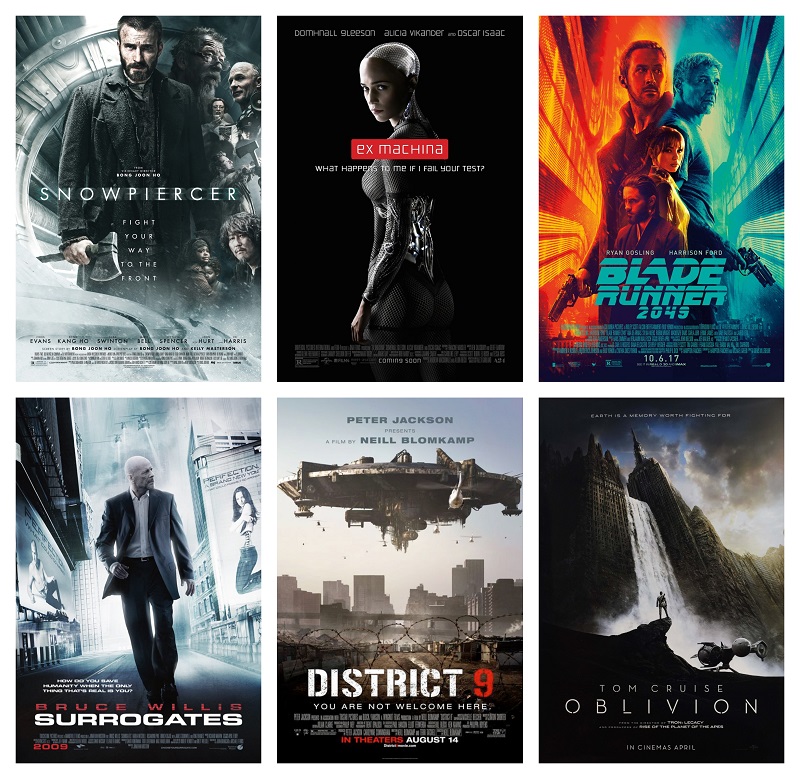
THE INESCAPABLE SCENE OF ARTIFICIAL INTELLIGENCE
The creation of a film poster is one of the first things that will be lost by the rise of Artificial Intelligence. Actually, many more things will be lost by the rise of AI (some of them more important than film posters) and probably sooner than we think. Still though, for many years, the traditional creation of a film poster was replaced or partially replaced by computers. In spite of everything, years ago, there was the classic presentation of a film poster with a main goal: to bring people to the cinema. There was an age where film posters could also be emotional and once you saw the movie they gained another meaning for the audience if the movie touched them. They were expressive and in some cases there was also symbolism in a film poster. That was the kind of promise that wasn’t broken and it wasn’t soulless.
A human being is born and at some point it dies. A human being can reach its heights at a certain age, mentally and physically, and after one point, starts to fade. A human can make right or wrong choices and has a will. Unlike a human, the AI can’t be tired, it can’t stay still, and it can only evolve. There is no limit to AI and everything can be processed by numbers and data, without any emotion. The evolution of technology is faster and with a bigger impact on society and humanity as years pass by. The evolution of technology encompasses the future of humanity and is happening at such a rapid pace that it will shock, changing the lives of all of us. A human natural choice may be reduced to a new status where everything will be answered by AI, and that will become a habit. Thinking and creating will become simpler and superficial. Human creativity could end at some dystopian future point.
Art can be just an AI-generated product, accessible to creation by anyone who has access to a program that will guide them and not be guided by them. And all this will become an addiction, placing the future of art and creation into technology’s hands.
AI can be helpful, just like every form of discovery and technology all over the years, but we don’t want AI to replace human creativity, art, our jobs, our lives. We want AI to help people who struggle, to help cure illness, help with energy sources, the environment and make the world better. Is it possible?
While movie theaters still use film posters, the advertising has been moved from paper to digital media. The film poster has changed to a digital film poster/image. However, some major film studios keep advertising their films with huge promotional campaigns, even by using buildings and other different marketing ideas.
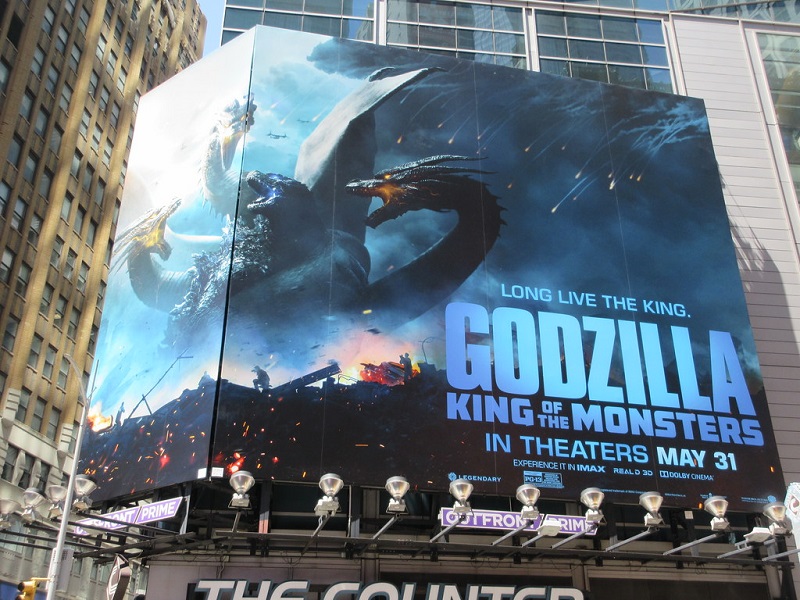
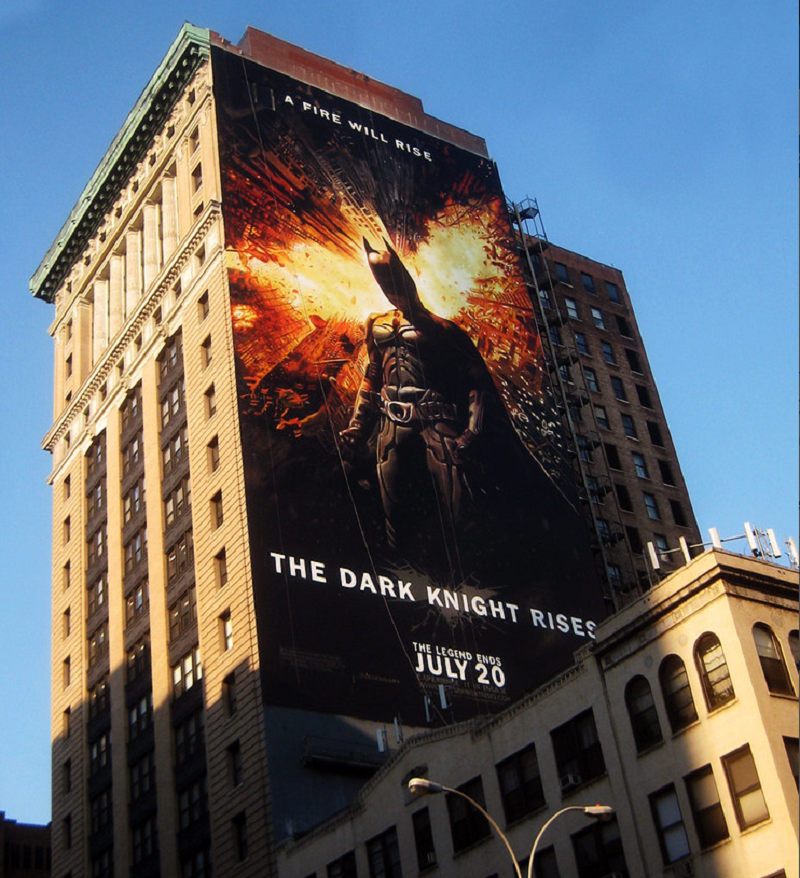
(Photos: Brecht Bug)
In the end, artistic creativity will continue, in some cases with computerized effects and AI “help”, even if the medium of what once was called “a film poster” has changed.
